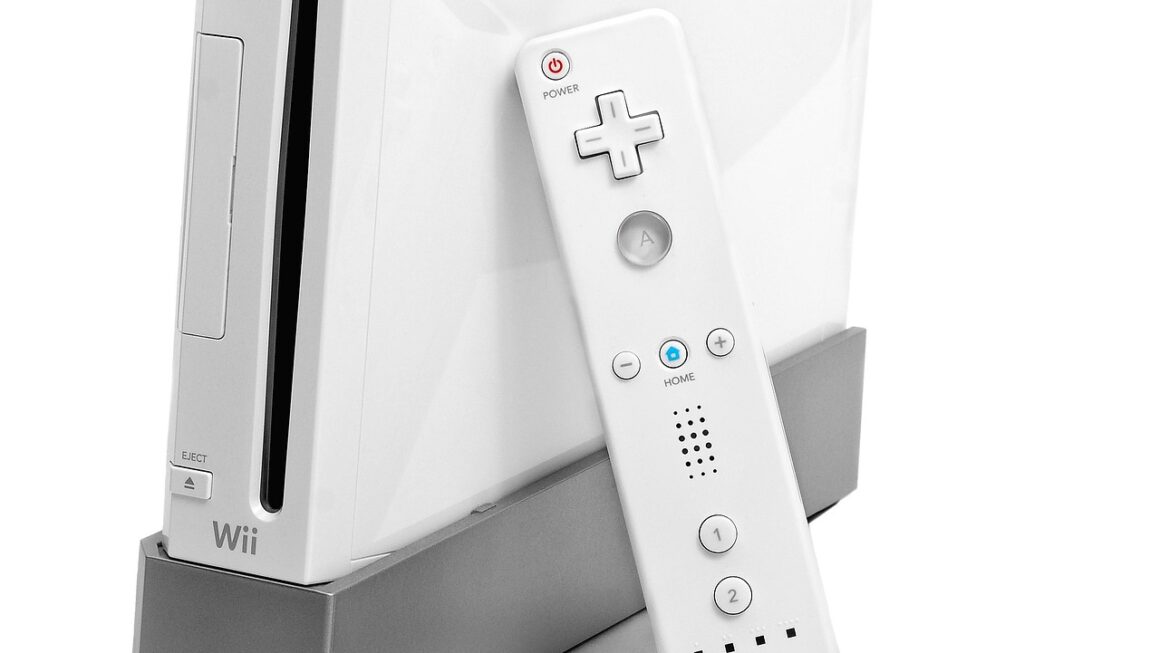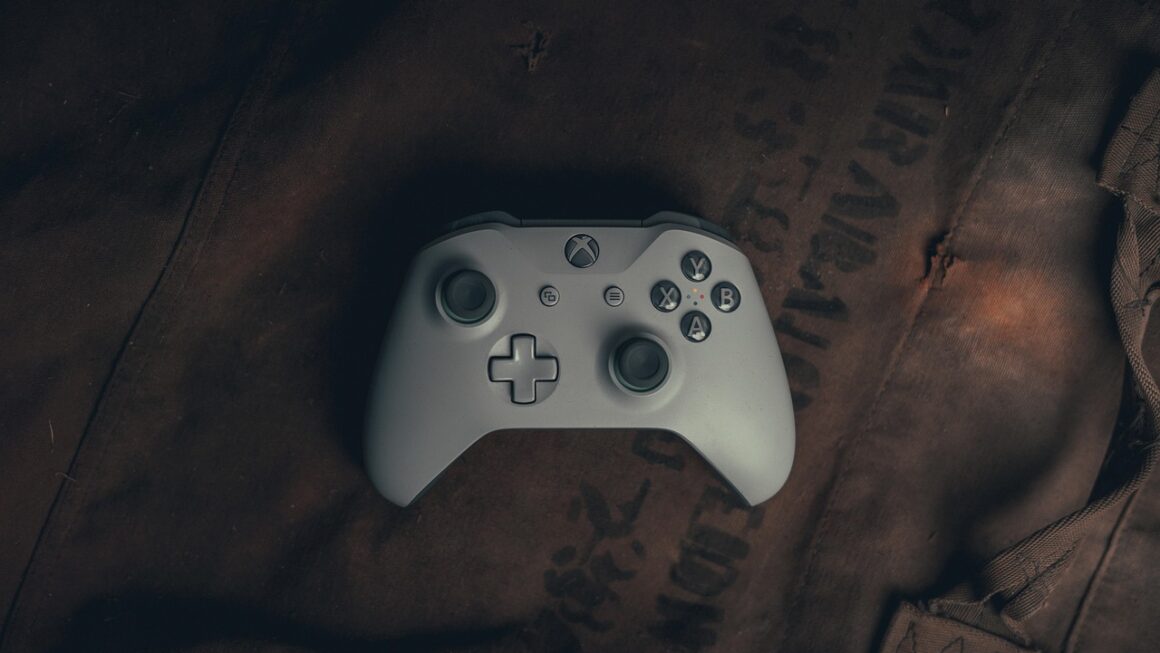Gaming chairs have transcended from mere accessories to essential gear for serious gamers and anyone spending extended hours at a desk. More than just aesthetics, the right gaming chair offers superior comfort, ergonomic support, and can even enhance your overall gaming performance. This guide will delve into everything you need to know about choosing the perfect gaming chair, from understanding the different types to identifying the key features that matter most.
Why Invest in a Gaming Chair?
Comfort and Ergonomics
The primary reason for investing in a gaming chair is the improved comfort and ergonomic support it provides. Unlike standard office chairs, gaming chairs are designed with the human body in mind, promoting good posture and reducing strain during long gaming sessions or workdays.
- Enhanced Posture: Gaming chairs typically feature a high backrest that supports the entire spine, encouraging a natural and healthy posture.
- Lumbar Support: Many models include adjustable lumbar support cushions, which help maintain the natural curve of the lower back and prevent pain.
- Neck Support: Headrests or neck cushions are common features, providing crucial support for the neck and preventing stiffness.
Example: Consider the difference between sitting in a standard kitchen chair versus a gaming chair for 4 hours. The kitchen chair likely lacks proper lumbar support and headrest, leading to slouching and potential back and neck pain. A good gaming chair, on the other hand, will help maintain correct posture, minimizing discomfort and improving focus.
Improved Performance
While it might seem far-fetched, a comfortable and supportive chair can actually enhance your gaming performance. When you’re not distracted by aches and pains, you can focus entirely on the game.
- Increased Focus: Reduced discomfort translates to increased concentration, allowing you to react quicker and make better decisions.
- Extended Playtime: With proper support, you can comfortably game for longer periods without experiencing fatigue.
- Better Immersion: A supportive chair can enhance your sense of immersion in the game, leading to a more enjoyable and engaging experience.
Statistic: A study by the Ergonomics Open Journal found that individuals using ergonomic chairs reported a 17.8% improvement in overall well-being and a reduction in musculoskeletal pain.
Types of Gaming Chairs
PC Gaming Chairs
These are the most common type of gaming chair, designed for use at a desk. They typically feature a high backrest, adjustable armrests, and a swivel base.
- Racer-Style: Inspired by racing car seats, these chairs offer a sleek and aggressive aesthetic.
- Ergonomic: Focused on providing optimal support and comfort, often with extensive adjustability.
- Executive: Blending comfort with a professional look, suitable for both gaming and office environments.
Console Gaming Chairs
These chairs are designed for use with consoles and often sit directly on the floor. They typically feature a rocking or reclining function.
- Rocker Chairs: Sit directly on the floor and rock back and forth.
- Pedestal Chairs: Elevated on a pedestal base, offering a swivel function and enhanced comfort.
- Reclining Chairs: Allow you to recline for a more relaxed gaming experience.
Hybrid Gaming Chairs
A growing trend, hybrid chairs attempt to blend the best of both worlds by offering the ergonomic features of PC gaming chairs with the comfortable reclining options of console chairs.
- Example: A chair that can be used for both desk gaming and console gaming, with features like adjustable height, lumbar support, and the ability to recline.
Key Features to Consider
Adjustability
The level of adjustability is crucial for finding a chair that perfectly fits your body. Look for chairs with adjustable:
- Seat Height: To ensure your feet are flat on the floor and your knees are at a 90-degree angle.
- Armrests: Adjustable in height, depth, and angle to support your arms and shoulders.
- Lumbar Support: To customize the support for your lower back.
- Headrest: Adjustable in height and angle to support your neck.
- Recline: The ability to recline can provide additional comfort during long gaming sessions.
Material and Build Quality
The material and build quality of a gaming chair directly impact its durability and comfort.
- Upholstery: Common materials include PU leather, fabric, and mesh. PU leather is durable and easy to clean, while fabric and mesh offer better breathability.
- Frame: Look for chairs with a sturdy metal frame for long-lasting support.
- Base: A wide base with durable casters ensures stability and smooth movement.
- Foam Density: High-density foam provides better support and comfort than low-density foam.
Tip: Read reviews to get an idea of the chair’s durability and build quality from other users.
Weight Capacity
It’s essential to choose a chair with a weight capacity that exceeds your weight to ensure its longevity and stability. Exceeding the weight limit can damage the chair and void the warranty.
- Check the Specifications: Always refer to the manufacturer’s specifications to determine the weight capacity of the chair.
- Err on the Side of Caution: If you’re close to the weight limit, opt for a chair with a higher capacity.
Ergonomic Considerations and Best Practices
Proper Posture
Maintaining proper posture is crucial for preventing pain and discomfort. Follow these tips:
- Sit Upright: Keep your back straight and your shoulders relaxed.
- Support Your Lower Back: Use the lumbar support cushion to maintain the natural curve of your spine.
- Keep Your Feet Flat: Ensure your feet are flat on the floor or on a footrest.
- Adjust Your Monitor Height: Position your monitor at eye level to prevent neck strain.
Regular Breaks
Even with the most ergonomic chair, it’s important to take regular breaks to stretch and move around. This helps prevent stiffness and fatigue.
- Take a Break Every Hour: Stand up and stretch for a few minutes every hour.
- Move Around: Walk around your room or do some light exercises to improve circulation.
- Eye Strain Relief: Look away from the screen and focus on distant objects to reduce eye strain.
Adjusting Your Chair for Optimal Comfort
Take the time to properly adjust your chair to achieve optimal comfort and support. This may involve adjusting the seat height, armrests, lumbar support, and headrest until you find a comfortable and supportive position.
- Start with the Seat Height: Adjust so your feet are flat on the floor with knees at a 90-degree angle.
- Adjust Armrests: Position them so your elbows rest comfortably and your shoulders are relaxed.
- Fine-Tune Lumbar Support: Ensure the cushion fits comfortably in the curve of your lower back.
Conclusion
Choosing the right gaming chair is a significant investment in your comfort, health, and potentially even your gaming performance. By understanding the different types of chairs, key features, and ergonomic considerations, you can make an informed decision that meets your specific needs and budget. Remember to prioritize adjustability, material quality, and weight capacity to ensure your new gaming chair provides years of comfortable and supportive use. Invest in your well-being and enjoy the benefits of a well-chosen gaming chair!




